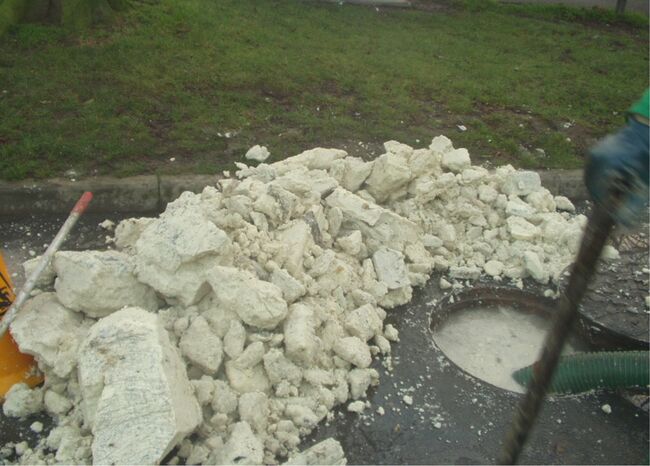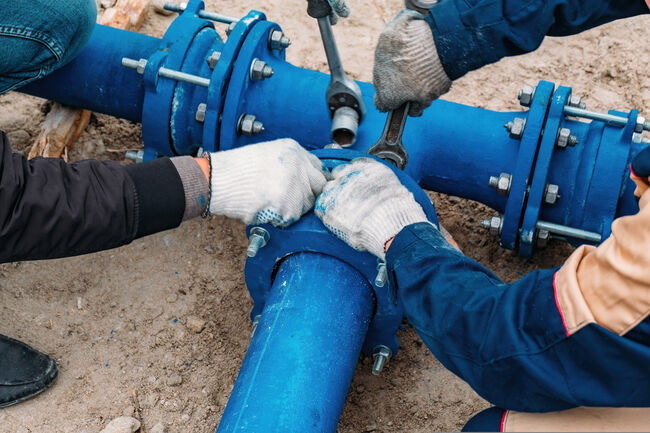Extracting resources from sewage
There are many useful products from the treatment of sewage
12M
tonnes of wastewater processed each day in the UK (140 tonnes per second)
53M
tonnes per annum of sludge collected from 8,500 wastewater treatment works and taken to one of 200 sludge treatment centres
3.6M
tonnes of biosolids are recycled to agricultural land in the UK every year
The principal function of the waste water processes is to create treated water, meeting strict quality criteria that enable it to be safely returned back to the environment.
Sewage sludge is a byproduct of the sewage treatment process. It is formed as a result of solids settling out of the sewage within parts of the treatment process and is typically pumped into tankers and transported to sludge treatment centres for further processing. Sewage sludge has a high calorific value and contains many useful byproducts.
Sludge treatment involves removing the water from the sludge to reduce its weight and volume. This process produces methane gas which can be used to generate renewable electricity.
Currently, around 87% of treated sludge is recycled to agricultural land as a soil improver where it forms an important source of nutrients and organic matter for growing crops. There are strict quality standards that must be adhered to for the production of biosolids.
Of the remaining 13% of treated sludge, 4% is incinerated, 3% is used in industry (typically as a fuel for cement production) and 6% is used in land reclamation.
We are currently looking at what other opportunities there are to use sewage sludge to ensure that the sector has a sustainable future sludge treatment strategy. Other markets that have the potential to use sewage sludge include construction (as the filler for bricks) and plastics.
Read more

Fighting fatburgs
Wet wipes, cotton buds, sanitary products and fats oils block sewers


Our 25 year plan for sewage
To expand drains and sewers and reduce sewage going into rivers




